Introduction:
Hyperdontia is a dental condition in which an individual has more teeth than the usual 32 permanent teeth. While most people develop a standard set of teeth, those with Hyperdontia may experience the growth of extra teeth. These additional teeth can appear in both baby and adult teeth, and the condition can affect anyone, regardless of age or gender.
What Causes Hyperdontia?
The exact cause of Hyperdontia isn’t fully understood. However, there are several possible explanations. First, genetics may play a significant role, as Hyperdontia often runs in families. Additionally, certain environmental factors during pregnancy or early childhood could influence tooth development. Moreover, Hyperdontia is sometimes linked to health conditions like cleidocranial dysplasia and Gardner’s syndrome, both of which can affect the growth and formation of teeth.
Types of Hyperdontia:
There are two main types of Hyperdontia:
1.Supplemental Teeth:
These extra teeth closely resemble normal teeth in shape and size.
2.Supernumerary Teeth:
These additional teeth differ in shape and size from regular teeth, often appearing smaller or oddly shaped.
Symptoms of Hyperdontia:
The symptoms of Hyperdontia depend on several factors, including how many extra teeth are present and where they are located. Common signs include:
- Crowded teeth
- Teeth that do not align properly
- Difficulty chewing or biting food
- Visible extra teeth, which may affect the person’s appearance
- Pain or discomfort, especially if the extra teeth are impacted
Diagnosis:
To diagnose Hyperdontia, dentists typically perform a thorough examination of the mouth. In addition to a visual inspection, X-rays are often used to provide a clearer view of the extra teeth, their size, and their location. These imaging techniques help the dentist determine the best course of action for treatment.
Treatment Options:
Treatment for Hyperdontia varies depending on the number and position of the extra teeth, as well as the problems they cause. Below are some common treatment options:
1.Extraction:
In cases where extra teeth cause crowding or misalignment, removing them can help create space and prevent further issues.
2.Orthodontic Treatment:
If the extra teeth lead to misalignment, braces or aligners may be used to correct the position of the teeth.
3.Surgery:
In more complicated cases, such as when extra teeth are impacted, surgery may be required to remove them and address related issues like cysts.
4.Monitoring:
If the extra teeth are not causing any problems, the dentist may simply monitor the situation and take action only if necessary.
Prevention:
Because the causes of Hyperdontia are not completely understood, it is difficult to prevent. However, maintaining good oral hygiene and scheduling regular dental check-ups can help catch the condition early, allowing for prompt treatment and the prevention of complications.
Final Thoughts:
In summary, Hyperdontia is a rare dental condition characterized by the presence of extra teeth. Although it can lead to problems such as crowding, discomfort, or misalignment, early diagnosis and appropriate treatment can effectively manage these issues. By raising awareness, more people can seek timely dental care and prevent potential complications.
FAQs:
1.What causes Hyperdontia?
The exact cause is unclear, but it may be due to genetics, environmental factors, or certain syndromes.
2.How is Hyperdontia treated?
Treatment includes extraction, orthodontics, surgery, or simply monitoring if no problems arise.
3.Is Hyperdontia common?
No, it is a rare condition affecting a small percentage of people.
4.Can Hyperdontia cause pain?
Yes, if the extra teeth are impacted, they can cause discomfort or pain.
5.Can extra teeth grow back after extraction?
Once removed, extra teeth do not grow back.
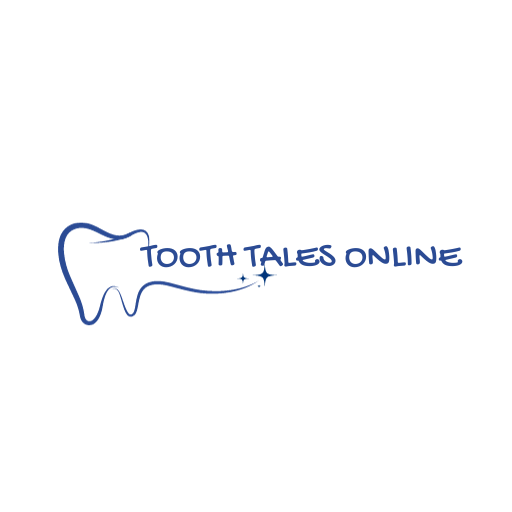
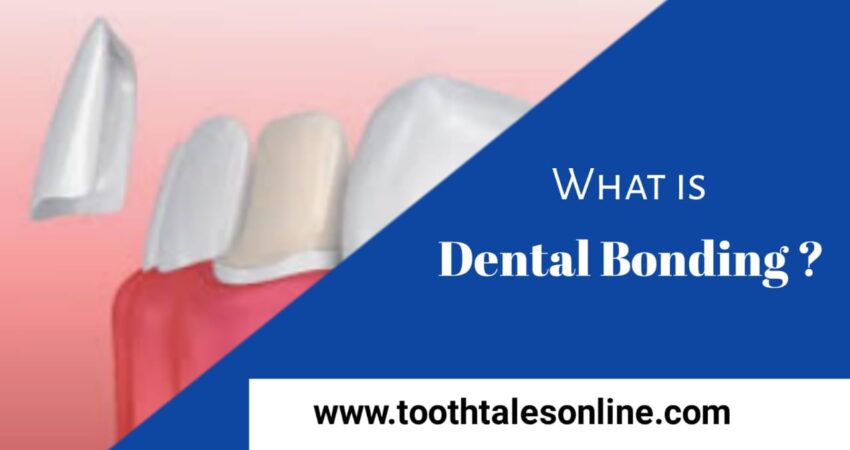

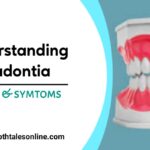
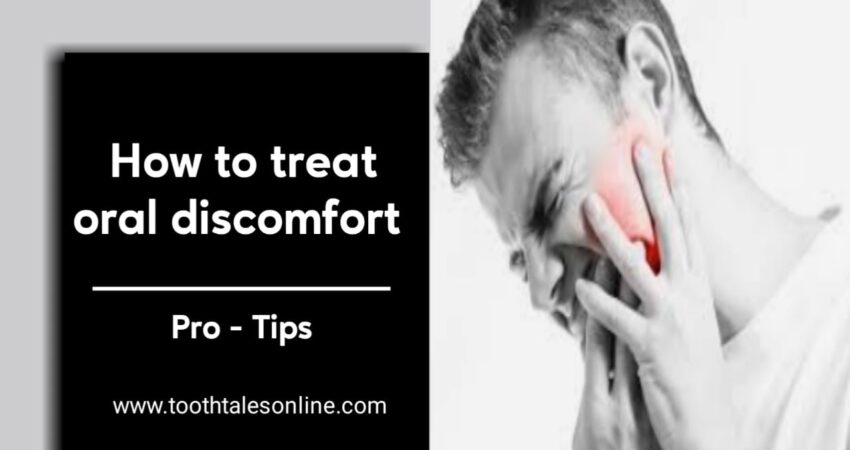
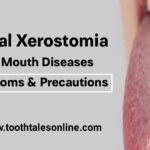

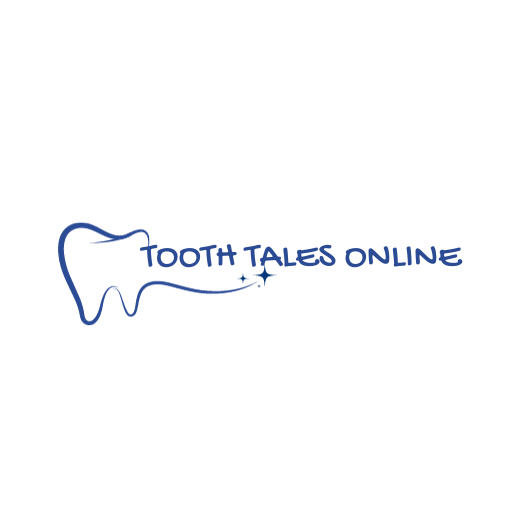
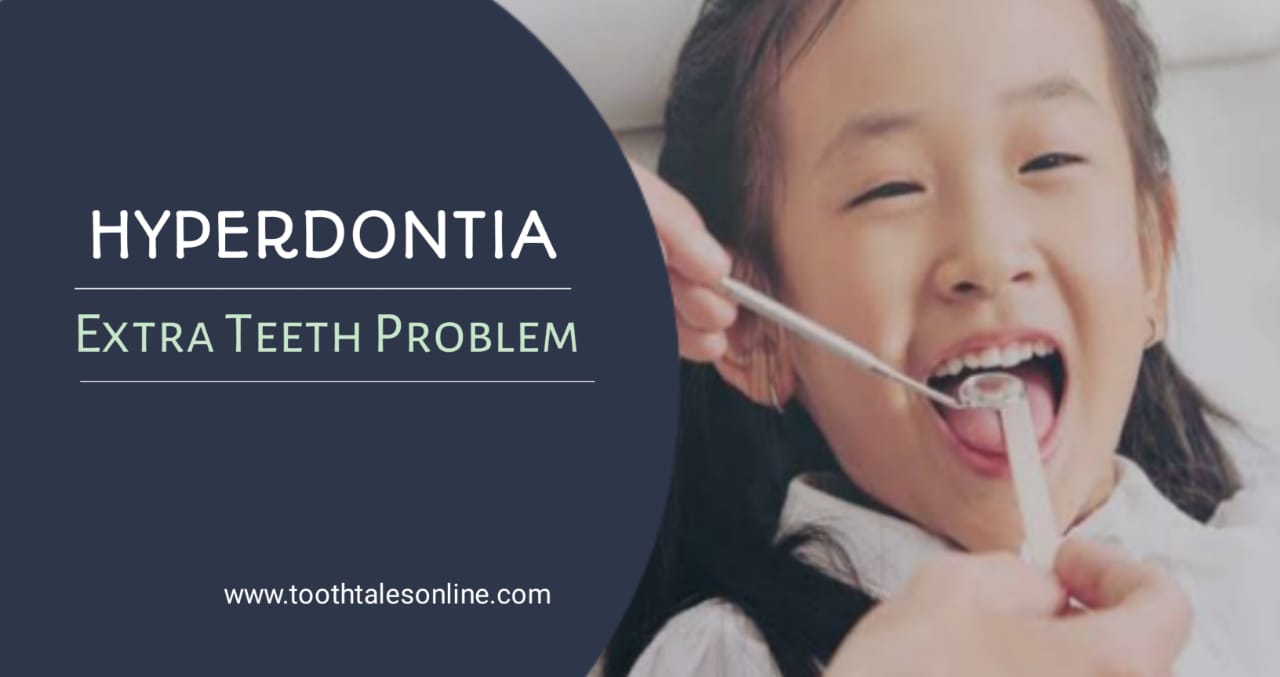
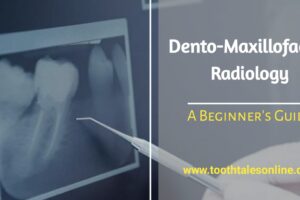
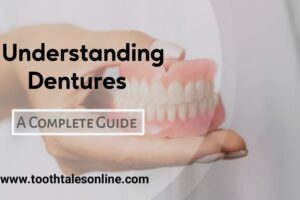
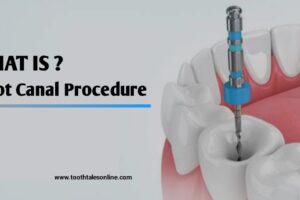










Add Comment